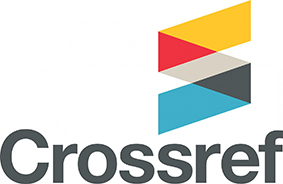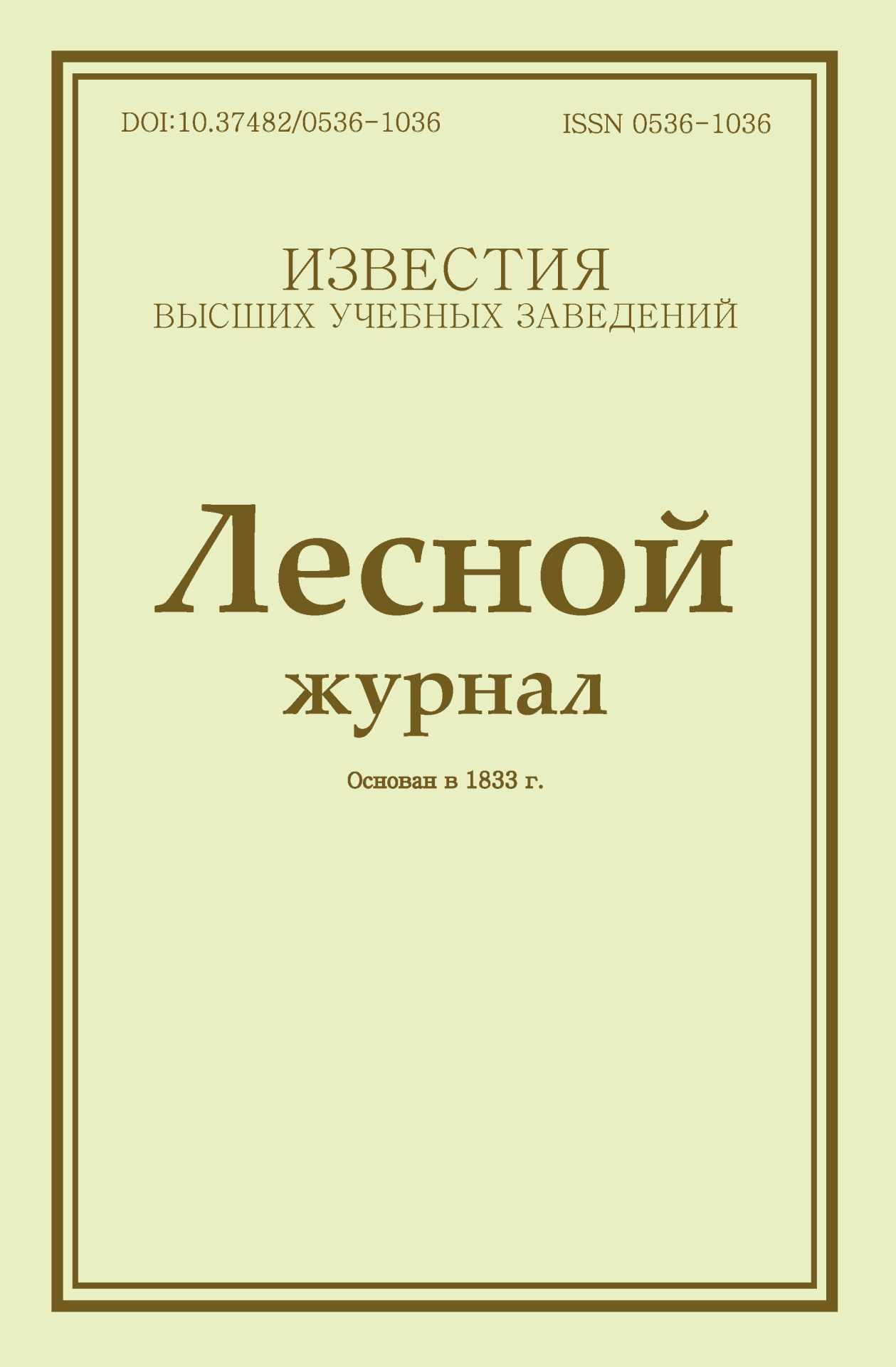Legal and postal addresses of the founder and publisher: Northern (Arctic) Federal University named after M.V. Lomonosov, Naberezhnaya Severnoy Dviny, 17, Arkhangelsk, 163002, Russian Federation Editorial office address: Journal of Medical and Biological Research, 56 ul. Uritskogo, Arkhangelsk Phone: (8182) 21-61-00, ext.18-20
E-mail: vestnik_med@narfu.ru ABOUT JOURNAL
|
Section: Physiology Download (pdf, 1.4MB )UDC612.743AuthorsIvan V. Piskunov*, Sergey A. Moiseev*, Ruslan M. Gorodnichev**Velikiye Luki State Academy of Physical Education and Sports (Pskovskaya obl., Velikiye Luki, Russian Federation) AbstractThis paper studied the electromyographic (EMG) leg muscle activity during straight-line and curve running at a maximum speed. The research involved sprinters aged 20–25 years with the ranks of the Candidate for Master of Sport and First-Class Sportsman. In the first part of the study, the subjects performed maximum-speed running in a straight line; the second part involved curve running. Kinematic and EMG characteristics of the running step were recorded simultaneously using 3D video analysis system Qualisys (Sweden) and 16-channel biomonitor ME 6000 (Finland). during straight-line running in the repulsion phase the EMG parameters of the studied muscles changed significantly compared to the loading phase: the duration of their electroactivity decreased, the amplitude and frequency of their biopotentials decreased, the reciprocity coefficient decreased in antagonist muscles of the hip and, on the contrary, increased in calf muscles. During curve running, in the repulsion phase the EMG activity of biceps femoris increased: the amplitude of the biopotentials increased by 72.1 % compared to running in a straight line; the EMG amplitude of vastus lateralis, soleus, and tibialis anterior muscles also increased significantly. In the repulsion phase, the reciprocity coefficient in antagonist muscles of the hip was smaller than that during straight-line running; while in antagonist muscles of the calf it, on the contrary, increased. Thus, the change of trajectory during maximum-speed running is accompanied by substantial changes in the regulatory mechanisms, manifested in the modification of the coordination structure of major muscles, the activity of which determines the corresponding kinematic and dynamic characteristics of the running step.Keywordselectromyography of leg muscles, running step coordinating structure, voluntary leg movement regulation, sprintingReferences
|
Make a Submission
INDEXED IN:
|
Продолжая просмотр сайта, я соглашаюсь с использованием файлов cookie владельцем сайта в соответствии с Политикой в отношении файлов cookie, в том числе на передачу данных, указанных в Политике, третьим лицам (статистическим службам сети Интернет).




.jpg)

